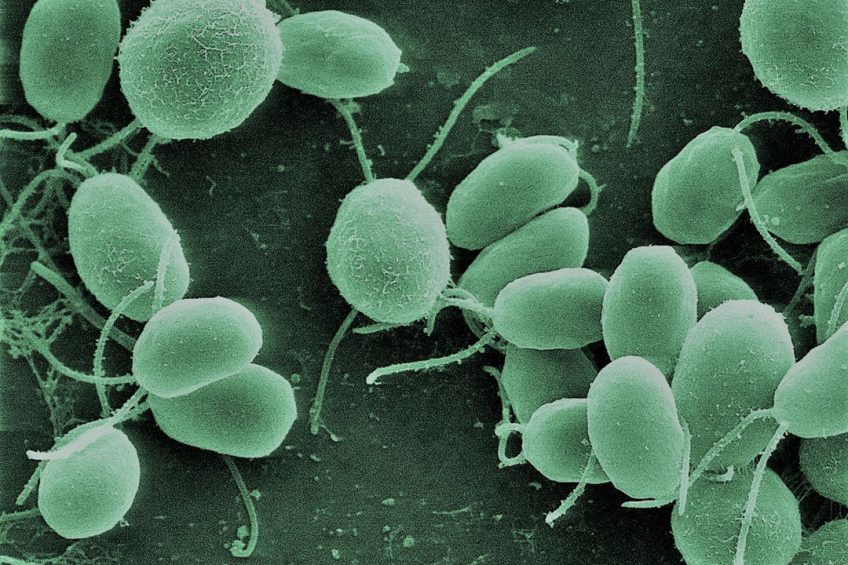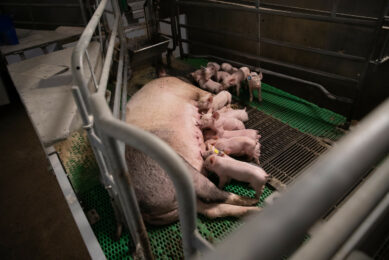Green micro-algae to produce enzymes for pigs

A group of Mexican researchers have developed a system for the production of enzymes based on green micro-algae. The enzymes can be used in the industrial production of feedstuffs for swine and poultry.
The researchers are attached to the Scientific Research Center in Yucatán (CICY), Mexico, and based their research on the green micro-algae known as Chlamydomonas reinhardtii.
According to Dr Virginia Herrera Valencia, leader of the project, one of their goals was to reduce the cost of production of the industrial feedstuffs for monogastric animals, meaning that they can be used in the swine and poultry industries. The aforesaid lowering could be achieved if the enzymes would be produced in the country where they are going to be used in the end, given that the system allows the culture of the micro-algae inside the laboratory, in an easier, faster and cheaper way than fungi and yeast cultures.
Enzymes stemming from fungi and yeasts
Currently, the industry producing feeds for pigs and poultry use enzymes mainly stemming from fungi and several types of yeasts, which are genetically modified to produce large amounts of the desired enzymes, such as phytase. This is then used to strengthen the absorption of the phosphorus found in the phytate of the monogastric animals’ diet, therefore taking the most of the feedstuffs. That is why the CICY team decided to start working with this enzyme.
Dr Herrera claimed, “Our proposal is to use the micro-algae as a recombinant proteins production system, and in this case, enzymes used in the monogastric animal feed such as poultry and swine.”
Same, if not better results, in feedstuffs
Dr Herrera maintained that there are tests being run in which they use the new system to produce at least one commercial protein, and compare its performance with the one of the original commercial protein. That way, she said, “we can prove that the enzyme being produced by the CICY is able to have the same results, if not better ones, in the poultry feedstuffs.”

What is pig production in Mexico like?
Chlamydomonas reinhardtii has been the object of study in physiology, biochemistry and molecular biology for more than 60 years, which is why there is plenty of information about it.
In Dr Herrera’s words: “We have the genome sequences of its chloroplast and its nucleus, it is easy to cultivate inside the laboratory and this culture is relatively easy to scale. Besides, we have the necessary techniques to genetically manipulating it. All of the above allows us to use it as a platform to produce biotechnological interesting proteins.”
An alternative for producers
Dr Herrera continued to say, “Nowadays, in the Mexican pig and poultry industries, most of the enzymes and most of the supplies used are imported. This project offers an alternative to the Mexican producers who want to invest and support this technology, as well as for companies from all over the world in which these enzymes are being cultivated, even if they are using other production systems. They will be able to get food enzymes in a safer and cheaper way.”











